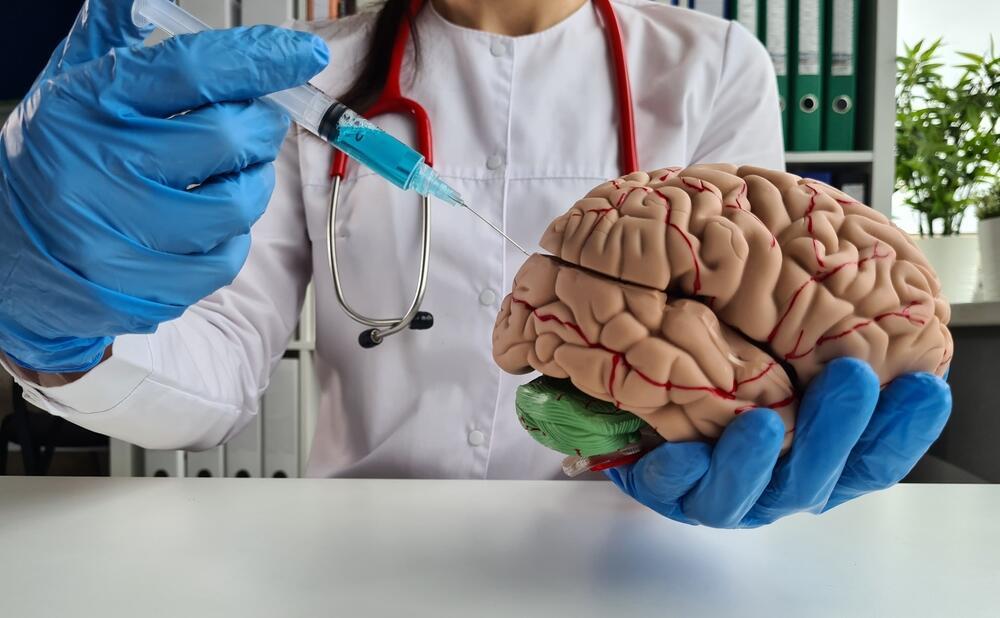Brain samples collected in 2024 contained significantly higher concentrations of microscopic plastic particles compared to samples from 2016, with levels reaching 4,800 micrograms per gram, a 50% increase, according to a new study.
Autopsies have shown a 50% increase in the number of microplastic particles in the human brain over the last eight years, with some individuals with dementia having up to 10 times more plastic by weight.
Microplastics and nanoplastics have been detected in various human organs, such as the brain, lungs, placenta, heart, blood vessels, liver, and gastrointestinal tract, raising concerns about environmental contamination and the need for global action against plastic pollution.
Brain samples contained 7 to 30 times more plastic pieces than samples from kidneys and liver, with polyethylene, a plastic used in various products, being predominant in brain tissue and testicles, potentially carrying harmful chemicals into the body and posing risks to reproductive health.
Concentrations of microplastics observed in the brain tissue of normal individuals aged around 45-50 were around 4,800 micrograms per gram or 0.5% by weight, with a 50% increase compared to 2016 samples.
Microplastics, tiny plastic particles with a diameter smaller than 5 mm, are composed of potentially toxic polymers and additives that end up in oceans. Sources include plastic-containing products, synthetic clothing washing, packaging, construction materials, cigarette filters, tires, and cosmetics.
The global scientific community is calling for urgent action to address the pervasive issue of plastic pollution, as there are currently no government standards for plastic particles in food or water in the United States, and efforts are being made to develop guidelines for measuring and detecting them.
Individuals can reduce their plastic exposure by changing daily habits, such as avoiding plastic-wrapped foods, using reusable items, and supporting community initiatives to reduce plastic usage.
This article was written in collaboration with Generative AI news company Alchemiq
Sources: Yahoo News, New Indian Express, Paper Blog, CNN Health, Primicia, El Imparcial, Entrelineas, Ziare, El País Vallenato, Digi24, Il Giornale, Actualidad RT, Dagens PS, Stiri pe Scurt, Media Indonesia.


